Trump’s ‘final offer’ for Ukraine peace deal reveals stark geopolitical trade-offs
- Update Time : Thursday, April 24, 2025
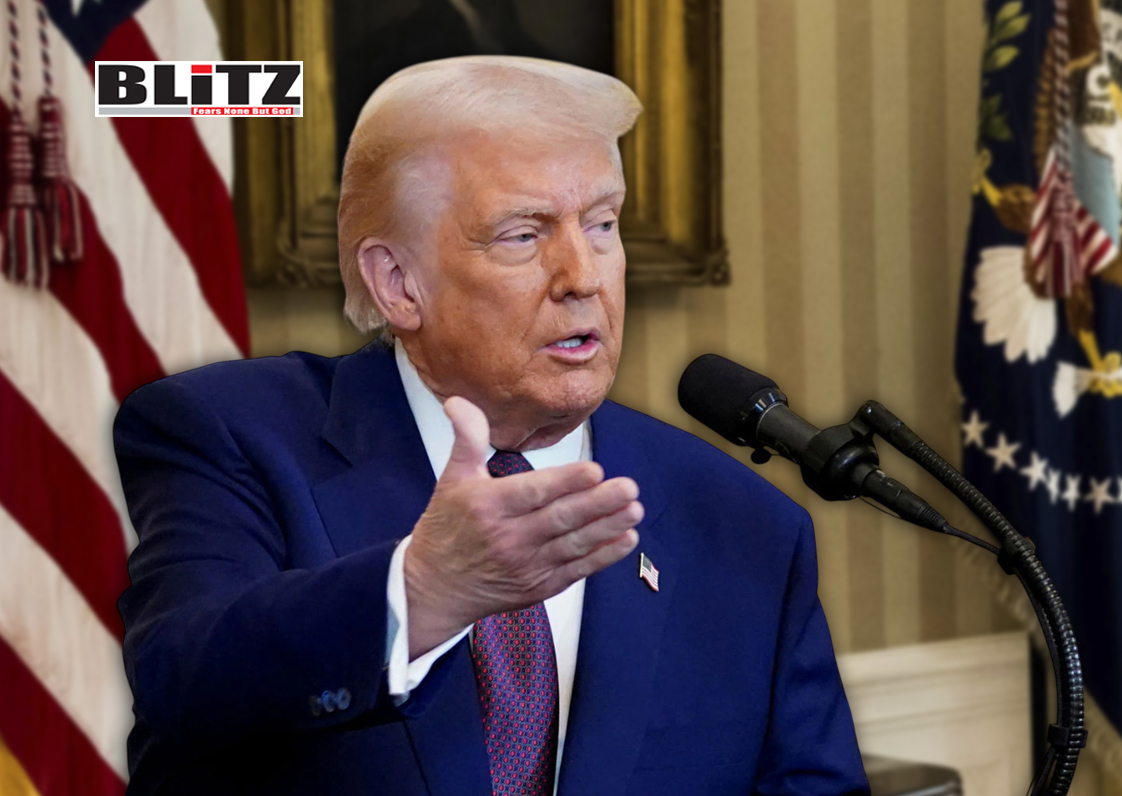
In a move that signals a dramatic shift in the United States’ approach to the Ukraine conflict, President Donald Trump has reportedly presented what he calls a ‘final offer’ to end the war. The proposal, according to Axios, was communicated through unofficial diplomatic channels and outlines a peace framework that would effectively concede significant geopolitical ground to Russia, while aiming to bring a ceasefire to a war that has now stretched into its third year.
The report has sent shockwaves through diplomatic circles. Trump’s envoy, real estate developer Steve Witkoff, is said to have personally handed the plan to Ukrainian officials during a meeting in Paris following a four-hour conversation with Russian President Vladimir Putin earlier this month. The document-just one page long-sets out terms that dramatically diverge from the Biden administration’s current policy and NATO’s longstanding positions.
At the core of the proposal is a US commitment to “de jure” recognition of Crimea as part of the Russian Federation-a move that would reverse Washington’s 2014 stance and violate the UN-recognized borders of Ukraine. Additionally, the US would unofficially acknowledge Russia’s “de facto” control over the breakaway Lugansk and Donetsk People’s Republics, as well as the southern regions of Kherson and Zaporozhye, all of which Moscow claims to have annexed following referendums in 2022.
Beyond territorial recognition, Trump’s plan outlines a phased removal of sanctions imposed on Russia since 2014, with an eye toward renewing economic cooperation. According to Axios, the offer even includes a new minerals deal between Ukraine and the US-likely a nod to Trump’s long-held interest in securing rare earth and critical mineral access for the United States.
Crucially, the framework promises that Washington will formally oppose Ukraine’s future membership in NATO, a long-standing goal of President Volodymyr Zelensky and a major flashpoint for Russia since the start of the conflict.
In exchange for these major concessions, the plan proposes “robust security guarantees” for Ukraine from a coalition of European and “like-minded” states, though the specifics remain unclear. There is no indication whether these guarantees would involve military deployments, mutual defense clauses, or merely political assurances.
Another controversial element of the proposal is the designation of the area surrounding the Zaporozhye Nuclear Power Plant as a neutral zone under US administration. This would, in theory, remove one of the most volatile flashpoints in the conflict-but the legal, operational, and political feasibility of such an arrangement remains deeply uncertain.
The plan also reportedly includes provisions for Ukraine to retain unrestricted access to the Dnepr River and receive financial compensation for reconstruction, although the source of the funding remains vague. Trump’s team appears to envision a broad international effort, yet details are sparse and the political will among European allies is far from guaranteed.
The Kremlin has reacted cautiously, urging the public to rely on official statements and reiterating that the status of Crimea and other territories is not up for negotiation. Russian officials have consistently insisted that any peace deal must address what they describe as the “root causes” of the conflict-chiefly, the expansion of NATO and Western interference in post-Soviet affairs.
Ukraine, on the other hand, has firmly rejected the idea of territorial concessions. President Zelensky has repeatedly declared that Ukraine will not cede “a single meter” of land to Russia and continues to demand increased Western military and economic support to regain lost ground. The idea of giving up Crimea or the Donbass region is politically toxic in Ukraine, and any such deal would almost certainly face public backlash and possibly spark political upheaval.
The proposed deal is consistent with Trump’s longstanding skepticism toward NATO and his transactional approach to foreign policy. By seeking to end the war through what many would consider capitulation to Russian demands, Trump appears to be prioritizing geopolitical disengagement over democratic solidarity or territorial integrity. For his supporters, this represents pragmatic statesmanship. For critics, it marks the abandonment of Ukraine and a dangerous green light to authoritarian expansionism.
Trump’s envoys, including General Keith Kellogg, are expected to attend a multinational meeting in London on April 16 to follow up on the proposal. However, both Witkoff and Secretary of State Marco Rubio are reportedly skipping the event-raising questions about the seriousness and coordination of the US team. Witkoff is said to be heading back to Moscow for further talks with Putin, indicating that discussions are ongoing behind closed doors.
Rubio, a close Trump ally, added to the pressure by warning that the US could abandon its mediation efforts if the deal is rejected. “If they don’t want peace, we’ll move on,” he reportedly said last week, in a tone that contrasts sharply with the Biden administration’s continued advocacy for Ukrainian resistance.
If adopted, Trump’s proposal would dramatically alter the post-Cold War security architecture in Eastern Europe. It would effectively freeze the conflict in place, cementing Russia’s territorial gains while denying Ukraine entry into NATO. While this might result in a temporary ceasefire, it leaves open numerous questions about long-term stability, enforcement, and the credibility of US commitments in the region.
Such a move could also fracture Western unity. Many European governments, particularly those bordering Russia or with historical memories of Soviet domination, are likely to see this as appeasement. German and Polish officials have so far refused to comment on the reported proposal, but behind the scenes, concern is likely mounting.
The emergence of Trump’s “final offer” throws a political grenade into an already complex conflict. With the 2024 US presidential election looming, the proposal could become a major campaign issue-pitting isolationist and realist factions against interventionists and transatlanticists. While Trump touts the plan as a practical solution to end a costly war, its reception in Kyiv, Moscow, Brussels, and beyond will shape not only the future of Ukraine, but also the credibility of American leadership on the global stage.
As the world awaits responses from key stakeholders, one thing is clear: the so-called “final offer” is far from the final word in this ongoing geopolitical drama.


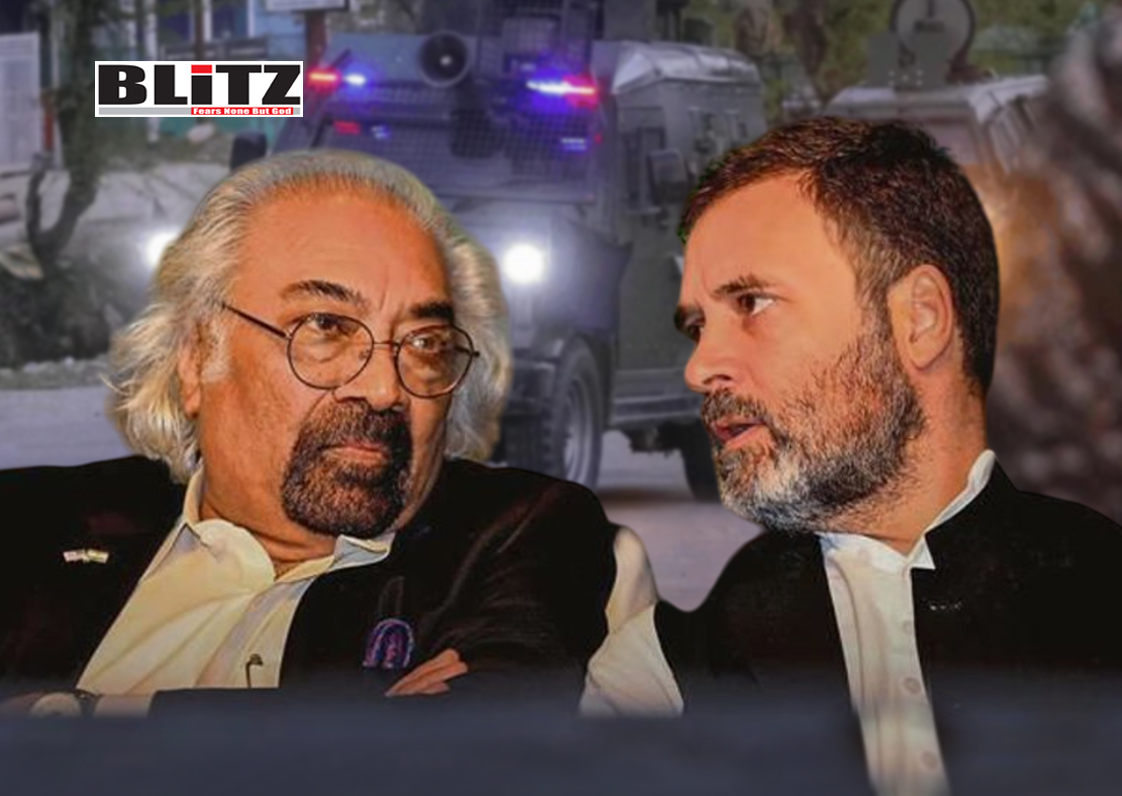
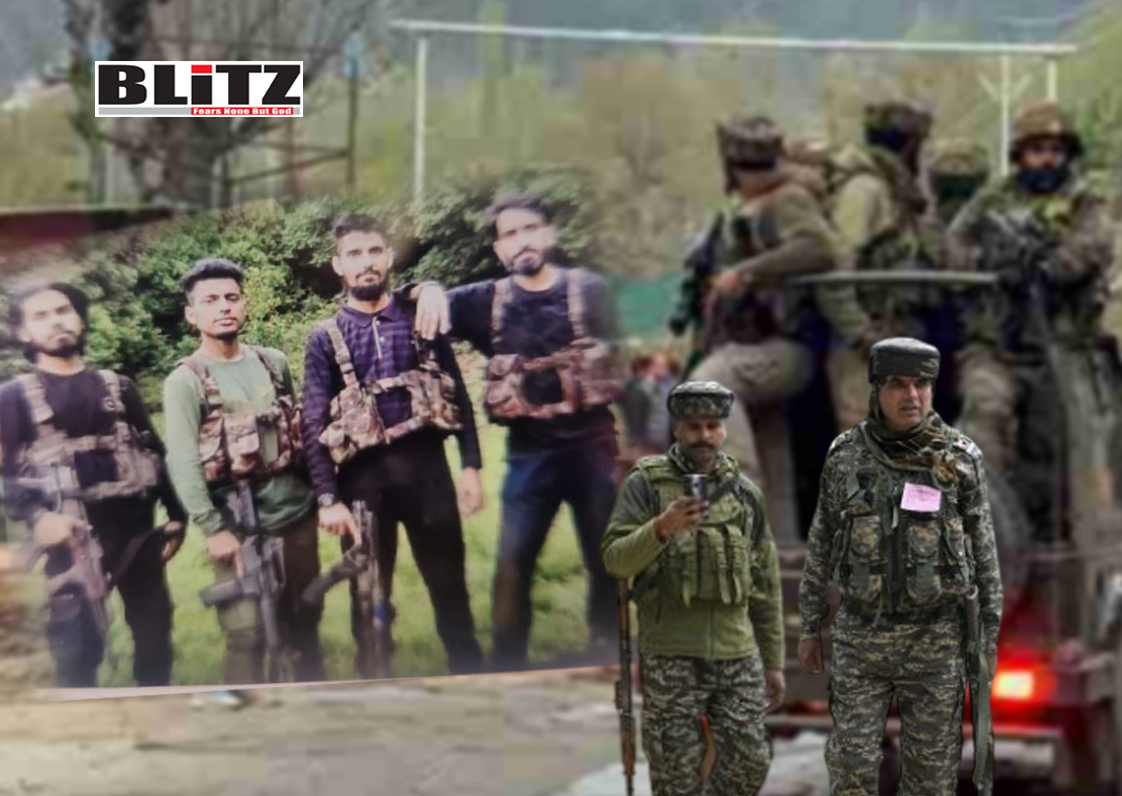
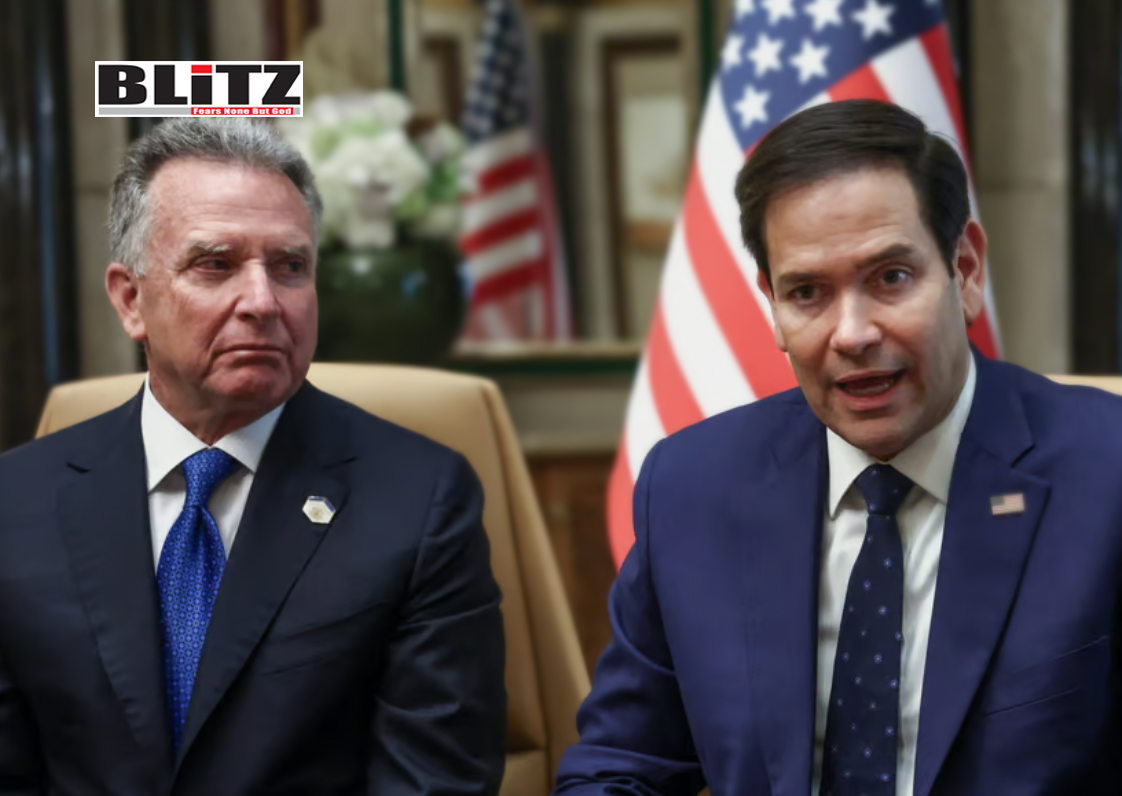


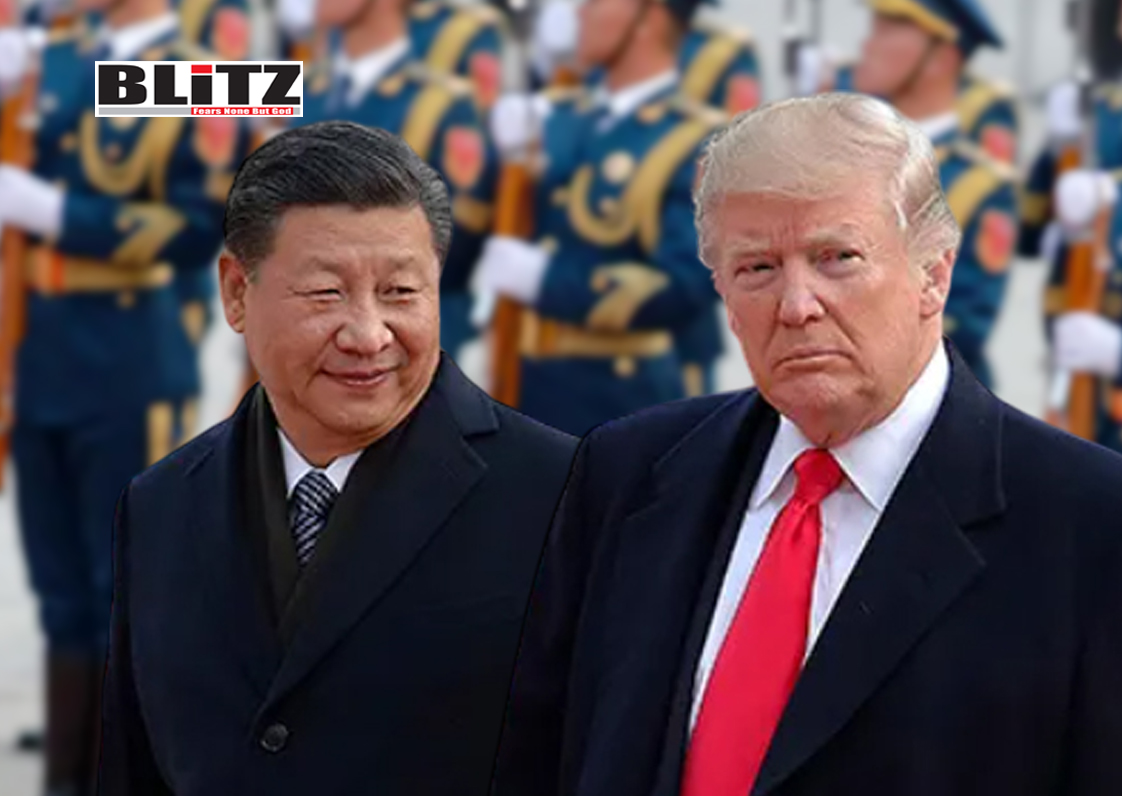
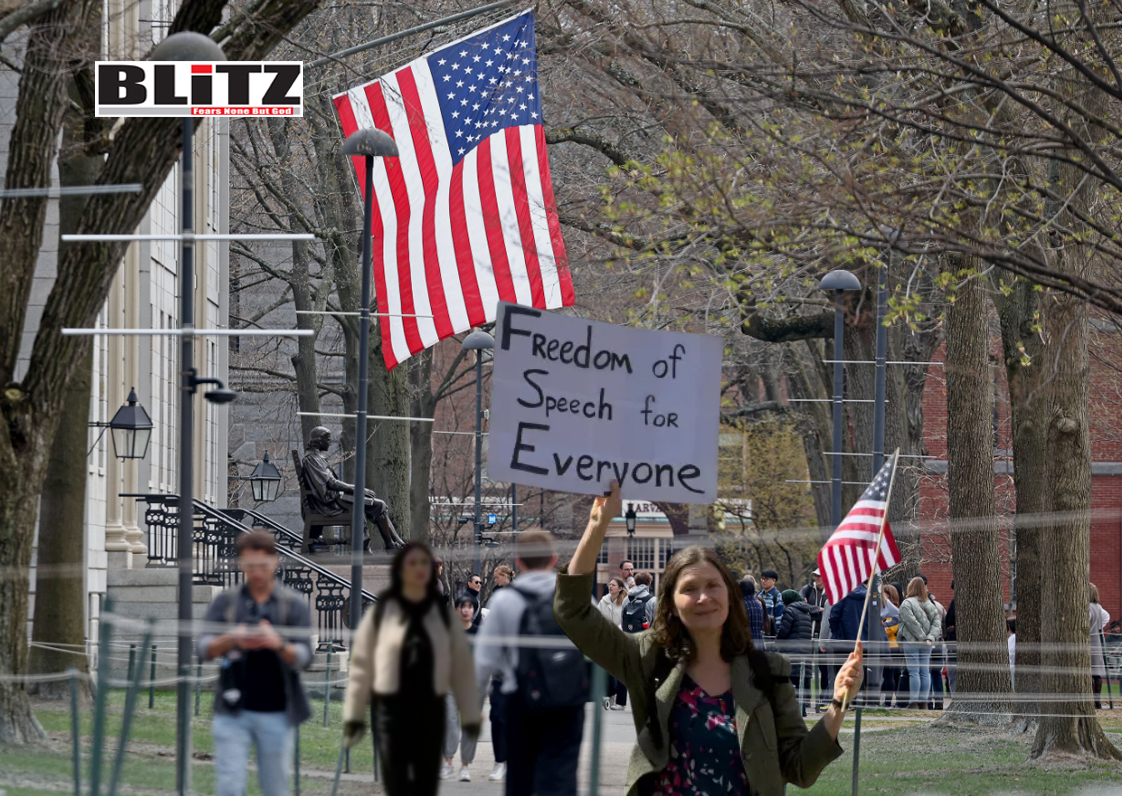


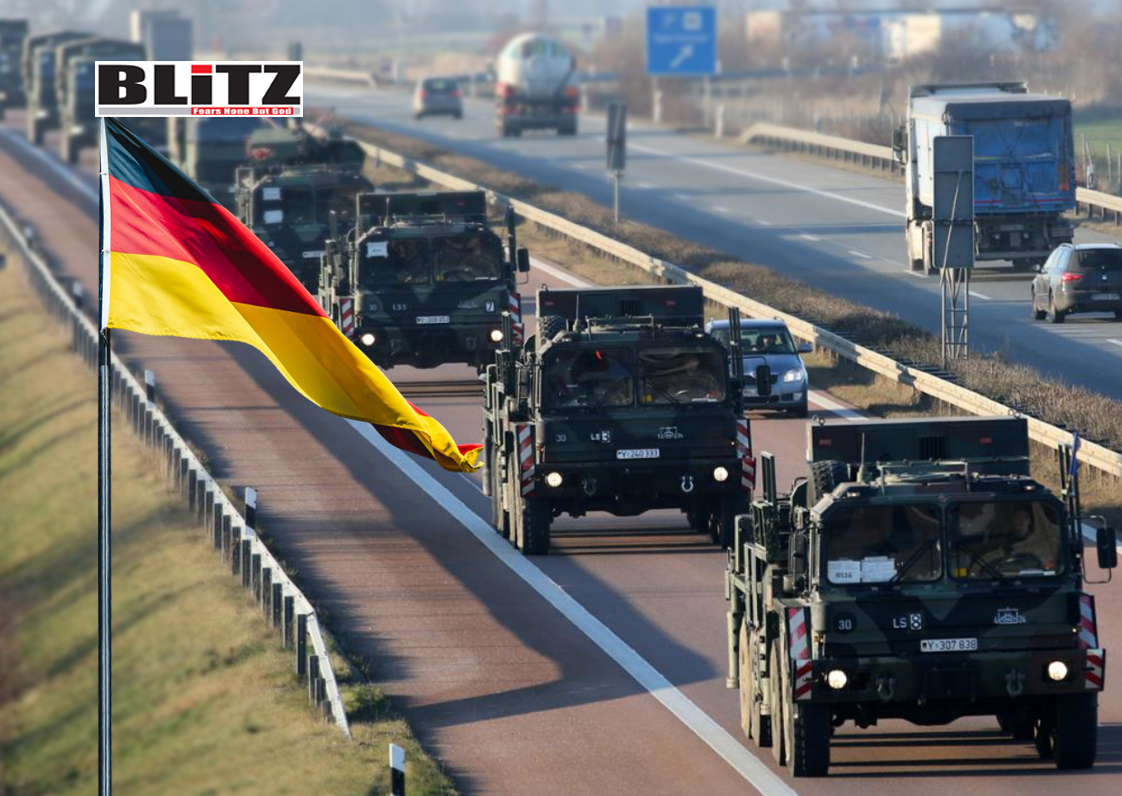
Leave a Reply